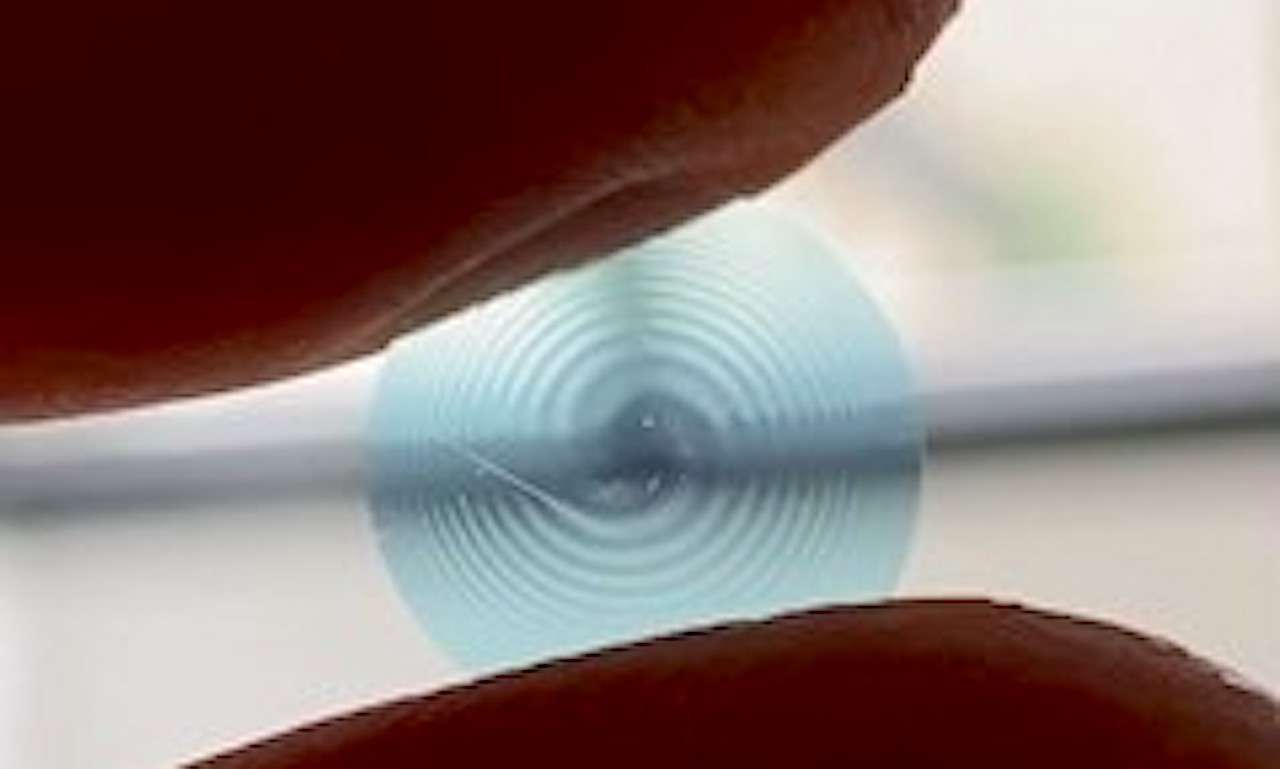Amateur Paleontologists Discover Site of Epic Importance-400 Fossils from 470M Years Ago Amid Global Warming
Two amateur paleontologists discovered a site of 'worldwide importance' in France containing 400 fossils that date back 470 million years.

Ophthalmologists have developed a spiral-shaped contact lens that maintains clear focus at different distances and in varying light conditions.
The new lens works much like progressive lenses used for vision correction but without the distortions typically seen with those lenses. It could help advance contact lens technologies, intraocular implants for cataracts, and miniaturized imaging systems.
The inspiration for the design came when the paper's first author, Laurent Galinier, was analyzing the optical properties of severe corneal deformations in patients. This led him to conceptualize a lens with a unique spiral design that causes light to spin, like water going down a drain.
This phenomenon, known as an ‘optical vortex,' creates multiple clear focus points, which allow the lens to provide clear focus at different distances.
"Creating an optical vortex usually requires multiple optical components," Galinier told Optica. "Our lens, however, incorporates the elements necessary to make an optical vortex directly into its surface. Creating optical vortices is a thriving field of research, but our method simplifies the process, marking a significant advancement in the field of optics."
In Optica, Optica Publishing Group's journal for high-impact research, the researchers describe the new lens, which they call the spiral diopter, and Bertrand Simon from another optics laboratory said their invention could revolutionize ophthalmology.
"Unlike existing multifocal lenses, our lens performs well under a wide range of light conditions and maintains multifocality regardless of the size of the pupil," said Simon from the Photonics, Numerical and Nanosciences Laboratory in France. "For potential implant users or people with age-related farsightedness, it could provide consistently clear vision, potentially revolutionizing ophthalmology."
"In addition to ophthalmology applications, the simple design of this lens could greatly benefit compact imaging systems," said Simon. "It would streamline the design and function of these systems while also offering a way to accomplish imaging at various depths without additional optical elements. These capabilities, coupled with the lens's multifocal properties, offer a powerful tool for depth perception in advanced imaging applications."
The researchers created the lens by using advanced digital machining to mold the unique spiral design with high precision. They then validated the lens by using it to image a digital 'E,' much like those used on an optometrist's light-up board. The authors observed that the image quality remained satisfactory regardless of the aperture size used.
They also discovered that the optical vortices could be modified by adjusting the topological charge, which is essentially the number of windings around the optical axis. Volunteers using the lenses also reported noticeable improvements in visual acuity at a variety of distances and lighting conditions.
"This new lens could significantly improve people's depth of vision under changing lighting conditions," said Simon. "Future developments with this technology might also lead to advancements in compact imaging technologies, wearable devices, and remote sensing systems for drones or self-driving cars, which could make them more reliable and efficient."
Exciting stuff.
SHARE This Wow Moment In Optics Research With Your Friends…
Be the first to comment